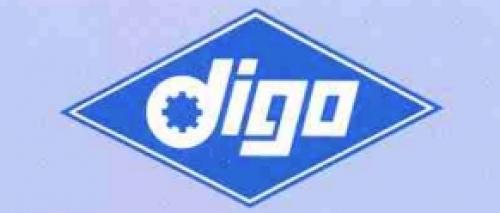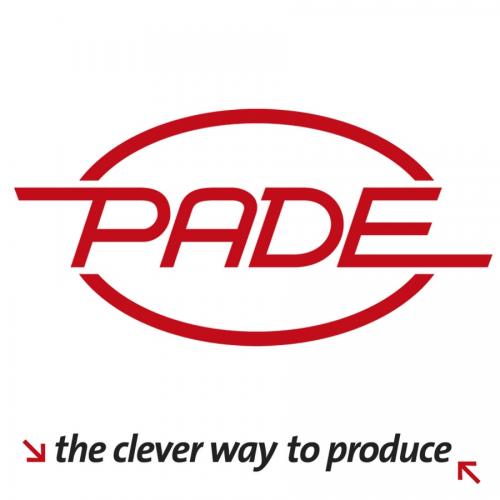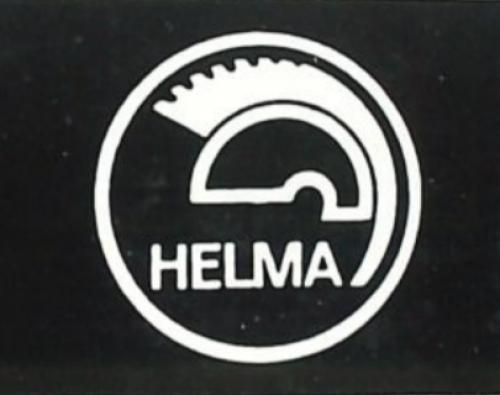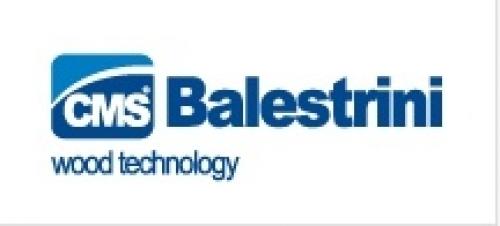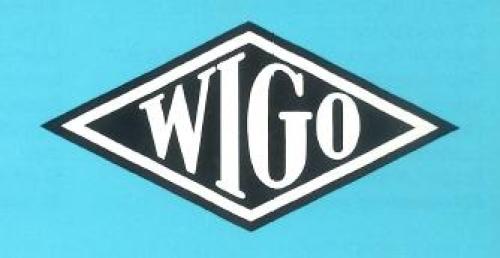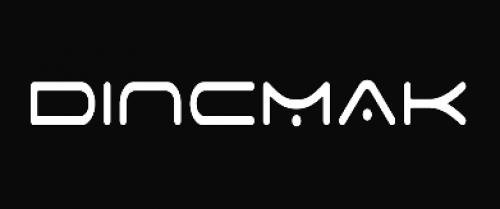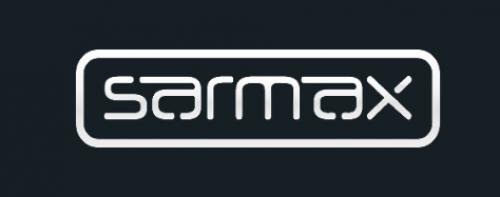Linear shaperLinear sharper machines serve the manufacturing of longitudinally, curved parts, especially of solid wood. Typical area of application is the manufacturing of boards for the restriction of balconies as well as chair, table and bed constructs. They are suitable for the serial production, batch size 1 production in unrentable. ConstructionLongitudinal milling machines consist of three essential components.
WorkflowThe exemplary workpiece will be clamped on the copying slide. Manually or via the magazine the slide is being equipped with raw parts. The copying slide gets the parts closer to the machining area. Through the on-pressure of the pneumatically impinged working unit the thrust rings scan the contour of the exemplary workpiece one by one. Thus the milling and sanding tools transmit the contours of the exemplary workpiece onto the raw pars. After the complete throughput of the machining area the units go back to parking position. The slides move back to the starting position, the produced parts can be taken off. CNC-controlThe movement of the units does not take place via the scanning of an exemplary workpiece but according to the deposited program. All machine functions are computer-controlled. |
CNC machining centres, robots893
Edgebanding, edge processing630
Saws, cutting machines438
Planers, 4-sided moulders188
Routers, shapers, tenoners, profilers181
Drilling, mortising machines135
Presses, clamps, joining machines201
Sanding machines321
Mechanisation, storage, packing technology200
Surface coating152
Production lines127
Heating, drying, waste chopping62
Dust extraction, compressed air, vacuum134
Assembly, worktables15
Lathes29
Tools, sharpening technology91
Equipment, Other machines131



